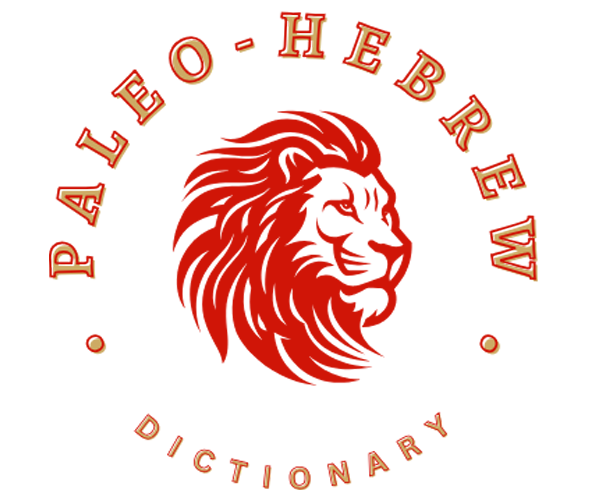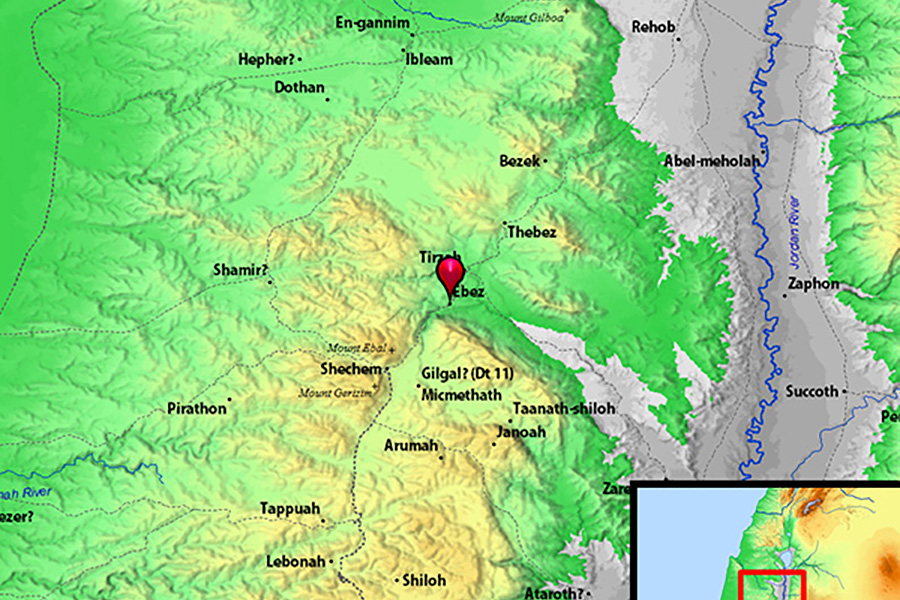The word daāt (𐤃𐤏𐤕) means “knowledge” meaning acquaintance with facts, truths, or principles, as from study or investigation; general erudition.
The Paleo-Hebrew language or the original language of the Ābarayam is one spoken with an emphasis on the rauakh (breath, wind, spirit). With the language of the Ābarayam, each letter has a meaning and a number associated with it that adds meaning to each word they’re used with. Below you will be able to learn more about the letter in Ancient Hebrew, Yiddish Hebrew, Greek, and much more.
Letter Meanings
| Letter | Meaning |
|---|---|
| 𐤃 (d) – da | Tent door, pathway Prefix: of, who, which, that, what |
| 𐤏 (ā) – ā | eye, to see, experience, watch, heed, know, cover, color |
| 𐤕 (t) – ta | mark, sign, covenant, signature, identification of people, places, or things Suffix: turns a word into the feminine counterpart of a masculine word. Suffix: signifies a language when preceded by 𐤉 (yad). |
| Ābarayat Number | |
| Hebrew Gematria | |
| English Gematria | |
| Simple Gematria |
Based on the meaning of the letters the word could be defined as:
- “pathway to see covenant”
- “pathway to know covenant”
- “pathway of cover of covenant”
Definitions for 𐤃𐤏𐤕 / daāt
| Language | Word | Transliteration | Pronunciation | Definition |
|---|---|---|---|---|
| Ābarayat | 𐤃𐤏𐤕 | daāt | da-eht | concern, know, knowledge, premeditation, skill, truth Potentially written as daghat (pronounced: da-ghat). |
| English | knowledge | knowledge | nol-ij | acquaintance with facts, truths, or principles, as from study or investigation; general erudition: |
| Hebrew | דַּעַת | daath | dah’-ath | knowledge |
| Arabic | كبش | maerifa | ma-ree-fa | knowledge, knowing, learning, information, awareness |
| Greek | γνῶσις | gnósis | gno’-sis | knowledge, doctrine, wisdom |
Images for 𐤃𐤏𐤕 / daāt


Definitions for /
When adding the 𐤉 (yad) to the end of a word, it creates a possessive of the original word. It can either signify “my…” or identify a member of a nation. For example, 𐤏𐤁𐤓 (Ābar) is the progenitor, but 𐤏𐤁𐤓𐤉 (Ābaray) is the singular descendant of him also known as a Hebrew.
| Language | Word | Transliteration | Pronunciation | Definition |
|---|---|---|---|---|
| Ābarayat | ||||
| English | ||||
| Hebrew | ||||
| Arabic | ||||
| Greek |
Images for /


Definitions for /
When adding the 𐤌 (mayam) after the 𐤉 (yad) to the end of a word, it creates a plural of the original word. It can identify multiple members of a nation. For example, 𐤏𐤁𐤓 (Ābar) is the progenitor, but 𐤏𐤁𐤓𐤉𐤌 (Ābarayam) are the plural descendants of him also known as Hebrews.
| Language | Word | Transliteration | Pronunciation | Definition |
|---|---|---|---|---|
| Ābarayat | ||||
| English | ||||
| Hebrew | ||||
| Arabic | ||||
| Greek |
Images for /


Definitions for /
When adding the 𐤕 (tau) after the 𐤉 (yad) to the end of a word, it creates a plural of the original word. It identifies the language or a sign of a nation’s existence. For example, 𐤏𐤁𐤓 (Ābar) is the progenitor, but 𐤏𐤁𐤓𐤉𐤕 (Ābarayat) is the language of him also known as Paleo-Hebrew language.
| Language | Word | Transliteration | Pronunciation | Definition |
|---|---|---|---|---|
| Ābarayat | ||||
| English | ||||
| Hebrew | ||||
| Arabic | ||||
| Greek |
Images for /


Classification
You can continue your studies of the words by viewing Strong’s entries for:




